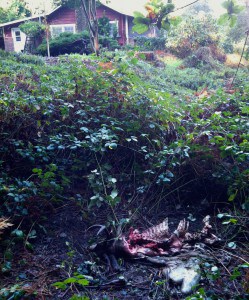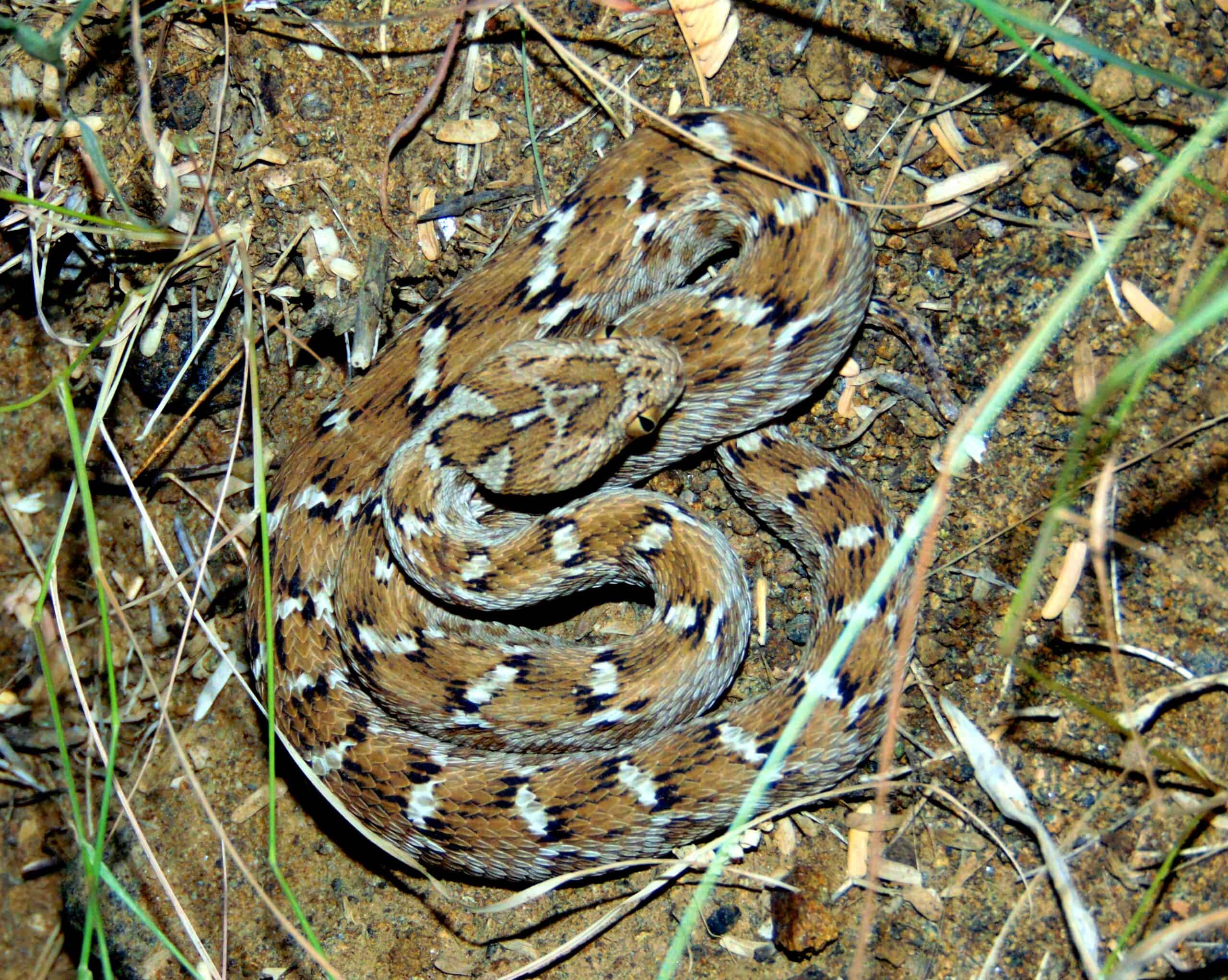Share this article
JWM Study: Suburban pumas eat more raccoons, house cats
There’s no shortage of deer in the residential neighborhoods of California’s Santa Cruz Mountains. Nevertheless, the closer pumas (Puma concolor) come to human dwellings, the more likely they are to prey on smaller animals instead, according to new research. In fact, 37 percent of animals killed by pumas in suburban areas were small species like raccoons (Procyon lotor) and house cats (Felis catus), compared to just 6 percent in places with no nearby houses.
“What we really wanted to know was: How does the scale and nature of housing development impact puma resource use?” said TWS member Justine Smith, an ecologist and PhD candidate at the University of California, Santa Cruz and lead author of the study published online this month in the Journal of Wildlife Management. “They seem to be not killing deer as often right in neighborhoods, despite the availability of deer in those areas.”

A puma family looks out over San Jose, Calif., in 2013. New research shows that pumas alter their diets to live near humans. ©Christopher Fust
To find out what the animals were eating, the researchers fitted 32 pumas living near Santa Cruz with GPS collars. When the tracking data showed that a puma had stayed in one place for a while, the researchers went looking for the remains of their meals, finding evidence of kills at a total of 439 sites. In the most remote areas where pumas did the bulk of their hunting, 94 percent of the kills were black-tailed deer (Odocoileus hemionus columbianus). As housing density rose, pumas killed proportionately fewer deer, making up the difference mostly with species such as raccoons, cats and Virginia opossums (Didelphis virginiana) that benefit from living near humans. In the most developed areas, house cats made up 20 percent of puma meals.
Next, the researchers tried to determine why pumas would change their diets in different settings. The simplest possibility was that pumas ate whatever was most common in a given area. To get an idea of which species occurred where, the researchers placed 50 camera traps at sites with various degrees of human development. Raccoons and cats, the species pumas preyed on most often other than deer, were indeed more common near houses. But deer were also more common near houses, raising the possibility that pumas actively choose smaller prey in developed areas. While the researchers can’t know the exact cause for this change in behavior, a previous study by the same group suggested that the animals are nervous around houses, prone to leave their kills before they finish eating. Perhaps, says Smith, pumas choose small prey in developed areas so that it’s easier to dine and dash.
“They probably lose a lot of food because they have reduced time at a kill overall, and they have to leave during the daytime,” she said. “Maybe it makes more sense to take small prey and be able to utilize the entire thing.”

The remains of a deer killed by a puma lie within sight of a house in Felton, CA. in 2014. ©Justine Smith
On the one hand, it’s a good thing that pumas can apparently adapt to live in disturbed habitats, says Smith. But this diet shift could lead to conflicts with humans, particularly when pumas kill cats and other domestic animals. It could also have downsides for the pumas themselves. Pumas are more likely to catch diseases from house cats and raccoons than from more distantly related deer; in Florida, house cats have already infected the local puma population with feline immunodeficiency virus. And the pressures of living near humans could make it harder for females to raise young, since females often bring weaned kittens to large kills and leave them there while they go in search of more food.
For all these reasons, it’s best to minimize overlap between pumas and humans, says Smith. The pumas in the study began changing their diets even in sparsely developed areas, showing that the animals need truly wild places if they are to maintain natural hunting patterns. Land use planners could help preserve undisturbed habitat by placing houses in dense clusters, rather than sprawled across the landscape, Smith says.
“We build houses in forests and we think we’re a part of an intact ecosystem,” she said. “But the more houses we put out there, the less natural the landscape is.”
Header Image: A puma fitted with a GPS collar crouches in a tree. The researchers used data from GPS collars to help them locate the remains of the pumas' meals. ©Sebastian Kennerknecht








